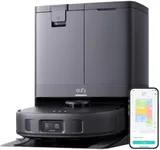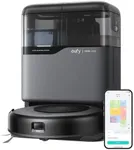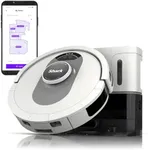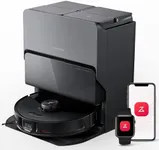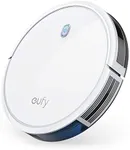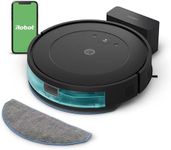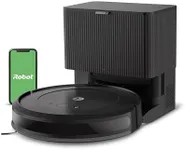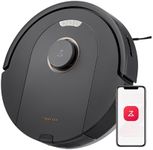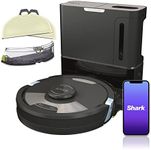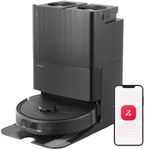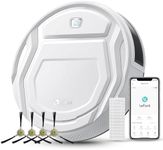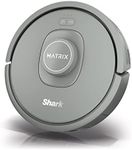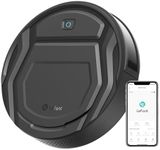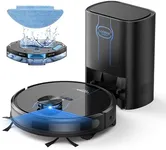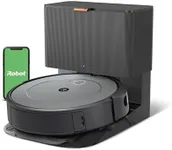Buying Guide for the Best Robot Vacuum For Large Areas
Choosing a robot vacuum for large areas can make cleaning much easier and more efficient. The right model will save you time and effort, but it's important to understand which features matter most for bigger spaces. Focus on the robot's ability to cover wide areas, how long it can run before needing a recharge, and how well it navigates around obstacles. By understanding the key specifications, you can find a robot vacuum that fits your home's size and layout, ensuring thorough and hassle-free cleaning.Battery LifeBattery life refers to how long the robot vacuum can operate on a single charge. This is crucial for large areas because a longer battery life means the vacuum can clean more space without stopping to recharge. Battery life is usually measured in minutes, and models can range from about 60 minutes to over 180 minutes. For small apartments, shorter battery life may be enough, but for large homes or open spaces, look for models with longer runtimes. If your area is very large, consider vacuums that can automatically return to their charging dock and resume cleaning where they left off.
Navigation SystemThe navigation system determines how the robot moves around your home and avoids obstacles. Basic models use random navigation, which can miss spots or take longer to clean large areas. More advanced robots use sensors, cameras, or lasers to map your home and clean in systematic patterns. For large spaces, a robot with smart mapping and efficient navigation will clean faster and more thoroughly, making sure every part of your floor is covered. If your home has lots of furniture or complex layouts, prioritize models with advanced navigation.
Dustbin CapacityDustbin capacity is the size of the container that holds dirt and debris inside the robot vacuum. In large areas, the vacuum will pick up more dust, so a bigger dustbin means it can clean longer before needing to be emptied. Dustbin sizes can range from small (under 0.3 liters) to large (over 0.6 liters). If you have pets or lots of foot traffic, or if you want to clean the whole area in one go, choose a model with a larger dustbin to reduce how often you need to empty it.
Suction PowerSuction power measures how effectively the robot vacuum can pick up dirt, dust, and debris from your floors. Higher suction is especially important in large areas where there may be more dirt, or if you have carpets and rugs. Suction is often measured in Pascals (Pa), with higher numbers indicating stronger suction. For mostly hard floors, moderate suction is usually enough, but for carpets or homes with pets, look for higher suction power to ensure a deep clean.
Floor Type CompatibilityFloor type compatibility means how well the robot vacuum works on different surfaces, such as hardwood, tile, or carpet. Some models are better at transitioning between floor types or have special brushes for carpets. If your large area includes a mix of surfaces, make sure the vacuum is designed to handle all of them. Check for features like adjustable brush rolls or sensors that detect floor type and adjust cleaning power automatically.
Smart Features and App ControlSmart features include things like app control, scheduling, voice assistant compatibility, and mapping. These features can make it easier to manage cleaning in large areas, letting you set cleaning zones, schedule cleanings, or control the vacuum remotely. If you want more control or have specific areas you want cleaned more often, look for models with robust smart features and easy-to-use apps.
